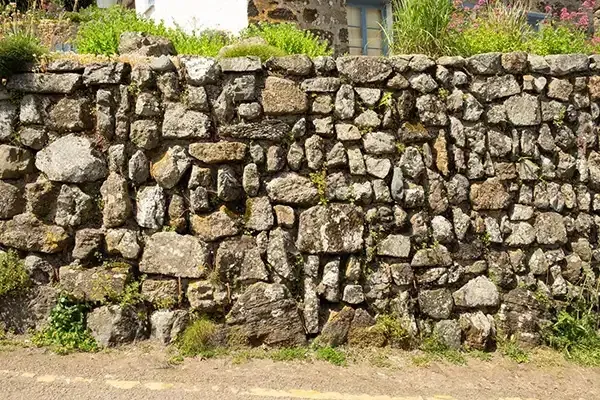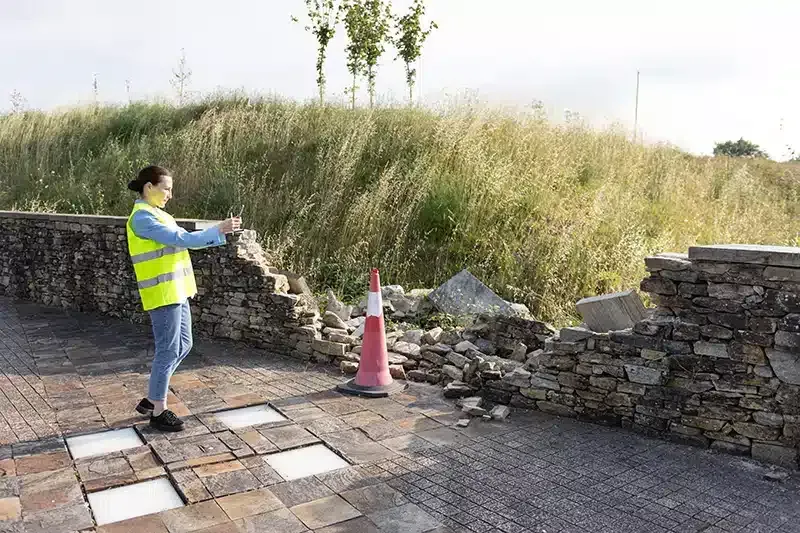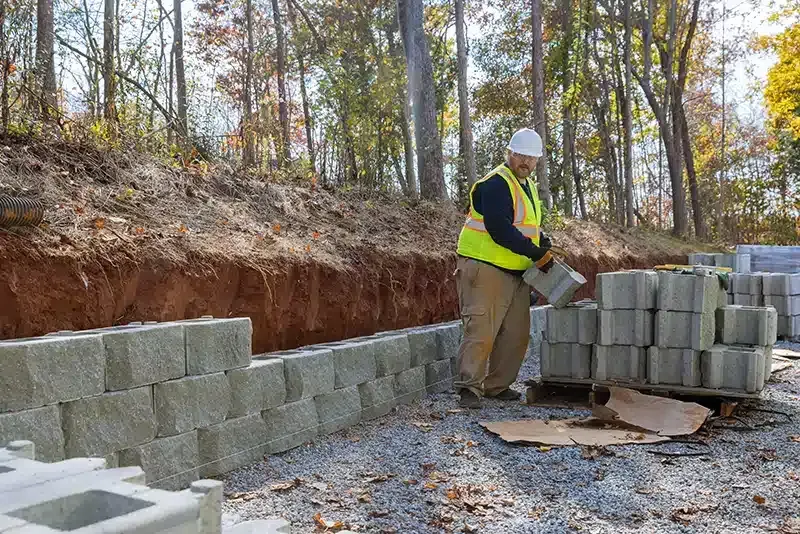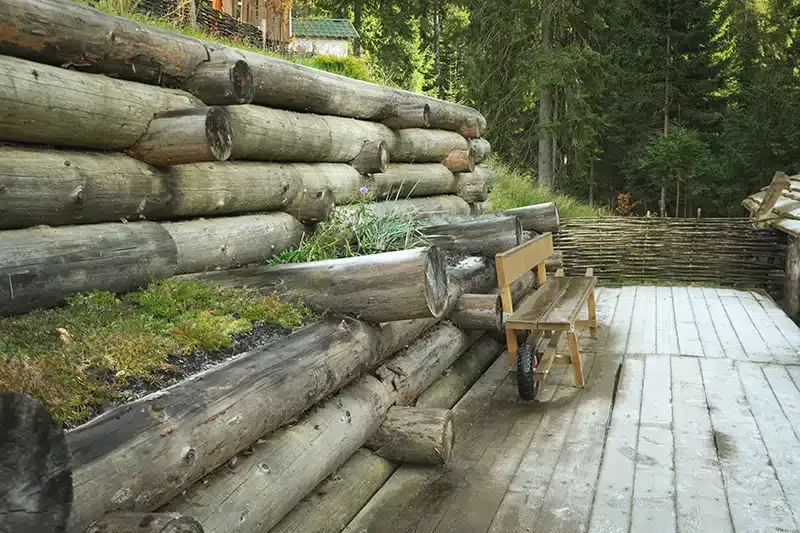What Are the Aesthetic Options for Finishing a Stone Retaining Wall?

Finishing a stone retaining wall offers plenty of aesthetic options to elevate your outdoor space.
Whether you prefer the classic charm of natural stone or a sleek modern finish, each choice can significantly impact the overall look.
Adding greenery can further enhance the design, blending your wall seamlessly with the surrounding landscape.
Exploring these options can help you create a retaining wall that’s both functional and visually appealing.
Natural Stone Finishes
Natural stone finishes offer a timeless and sophisticated look that enhances your retaining wall’s visual appeal.
Elegant and Versatile Designs
Natural stone adds character and blends beautifully with outdoor surroundings.
- Variety of Materials: Choose from granite, limestone, or slate for distinct textures and colors.
- Customizable Appearance: Select stones that complement your home's design or garden aesthetic.
- Rustic Charm: The organic look of natural stone creates a warm and inviting outdoor space.
Durability and Low Maintenance
Natural stone is a practical choice for both beauty and longevity.
- Weather Resistance: Withstands harsh conditions without fading or cracking.
- Minimal Upkeep: Occasional cleaning is typically all that’s needed to maintain its appeal.
- Timeless Appeal: Stone finishes age gracefully, adding lasting value to your landscape.
By choosing natural stone, you’ll achieve a durable, elegant finish that elevates your outdoor space with natural charm.
Modern Treatments and Textures
Modern treatments and textures can give your retaining wall a sleek and contemporary look.
Stylish and Innovative Designs
Contemporary finishes add a fresh touch to your outdoor space.
- Polished Surfaces: Reflect light for a clean, sophisticated appearance.
- Textured Finishes: Techniques like sandblasting or acid-washing create a tactile, rustic feel.
- Vibrant Color Options: Stains and dyes can enhance natural hues or introduce bold accents.
Durability and Versatility
Modern treatments not only improve aesthetics but also boost longevity.
- Concrete Overlays: Mimic natural stone with customizable designs.
- Enhanced Protection: Sealed surfaces resist stains, weather, and wear.
- Contemporary Appeal: Creates a standout feature in modern landscaping.
By choosing modern treatments and textures, you’ll achieve a stylish, durable retaining wall that complements your outdoor design.
Vegetation and Landscaping Integration
Blending vegetation with your stone retaining wall can enhance its beauty and create a natural, inviting look.
Enhancing Visual Appeal
Incorporating plants softens the wall's hard edges and adds charm.
- Climbing Vines: These cascade over stones for a lush, organic feel.
- Succulents and Perennials: Ideal for filling gaps with color and texture.
- Ornamental Grasses: Add movement and contrast to the space.
Creating a Cohesive Landscape
Strategic landscaping can improve functionality and visual flow.
- Mulching and Decorative Stones: Help unify the overall design.
- Shrubs for Privacy: Frame your wall while adding greenery.
- Seasonal Variety: Select plants that offer year-round interest.
By thoughtfully integrating vegetation, you’ll create a balanced outdoor space that feels inviting and cohesive.
Exploring different aesthetic options for your stone retaining wall allows you to create a visually stunning and functional outdoor space.
Whether you choose the timeless charm of natural stone, the sleek appeal of modern finishes, or the natural beauty of integrated landscaping, each option offers unique benefits.
By combining these elements thoughtfully, you can achieve a striking design that enhances your property's overall appeal and complements your landscape for years to come.


